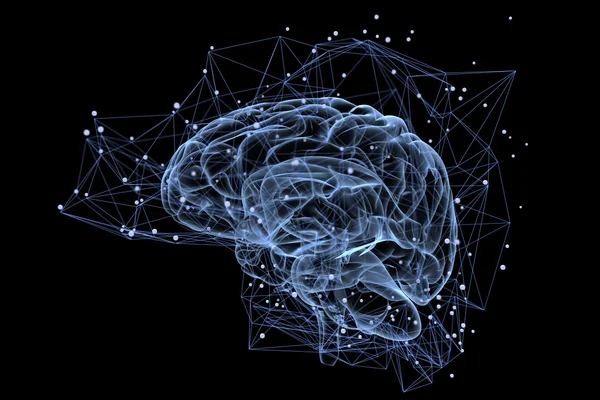In our journey to understand pain and rehabilitation, we have come across various insights that challenge the traditional beliefs surrounding low back pain (LBP) and its causes. Let's explore the complexities of pain perception and its relationship with tissue damage, as well as the factors that influence our recovery and rehabilitation process.
1. The Myth of Slipped Disc
Contrary to popular belief, the intervertebral disc does not actually slip. It is a robust structure that provides support to our spine. Instead of a slipped disc, the pain experienced in the low back may stem from various sources such as the neck, organs, and nerves.
2. Pain Perception and the Brain
Pain is a complex phenomenon that involves intricate interactions between peripheral nerves, the spinal cord, and the brain. The brain processes nociceptive information received from the body and constructs pain responses based on its interpretation of the perceived threat. Interestingly, the intensity of pain experienced does not always correlate with the degree of tissue damage.

3. Biopsychological Influences
Our neuroimmune responses and psychosocial factors play crucial roles in pain perception. Infections, injuries, stress, and psychological factors can influence the balance of inflammatory cytokines in the central nervous system (CNS). It is essential to consider these factors when clinically reasoning about pain and its impact on the individual.
4. Pain Measurement and Performance
Conventional pain measurement tools may not accurately reflect the extent of bodily damage. Pain can significantly impact an individual's performance, and vice versa. The demanding nature of pain can divert attention from other tasks, resulting in decreased performance (known as pain interference). It is crucial to address anxiety and encourage adaptive behaviors when returning to sports to ensure a successful rehabilitation process.
5. Rehabilitation Completion
The rehabilitation process is considered complete when three key aspects are achieved: the physiological healing process is complete, physical performance is restored, and the brain acknowledges the reduction in perceived threat levels. Attention to both the physical and psychological aspects of recovery is necessary for comprehensive rehabilitation.
As a conclusion, understanding the complexity of pain and its relationship with tissue damage is crucial in guiding rehabilitation strategies. By incorporating biopsychosocial approaches, addressing cognitive factors, and considering individualized treatment plans, we can enhance the rehabilitation process and help individuals achieve their optimal recovery.